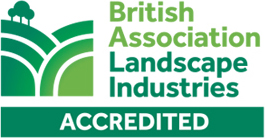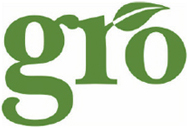Welcome
Bury Hill Landscape Supplies have been supplying the professional landscape & horticultural
trades and industries for over 20 years with an extensive and expanding range of superior
hard and soft landscaping materials. During this time, we have earned a solid reputation for
the supply and delivery of exceptionally high-quality, contaminate free materials which
include a wide selection of specialist, general purpose and contract grade soils and subsoils,
growing mediums, soil improvers, horticultural products, barks and mulches, play surfaces
and much, much more, which we deliver to some of the most prestigious properties and companies in the country promptly and efficiently using our own specialist
fleet of Silver FORS delivery vehicles.





